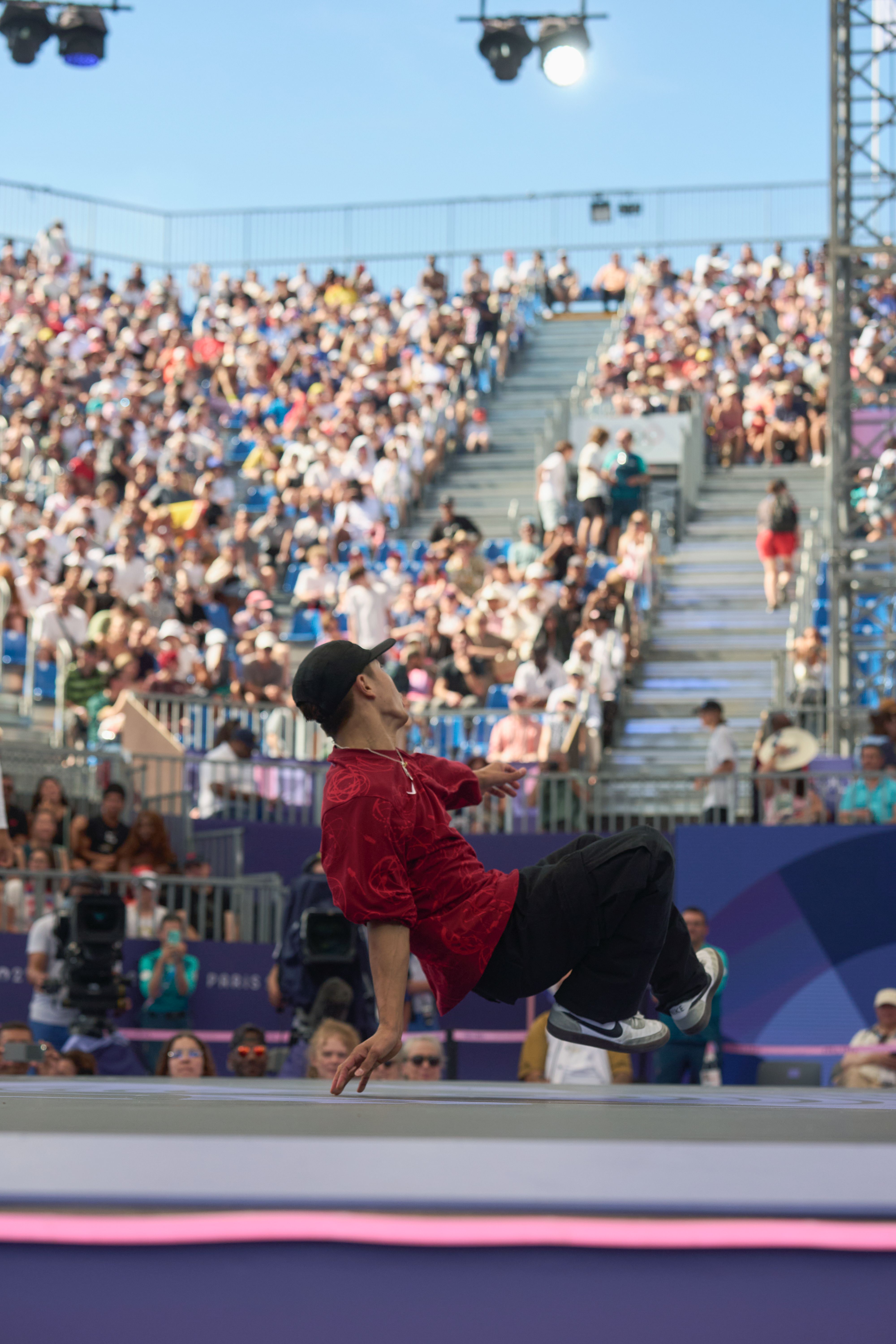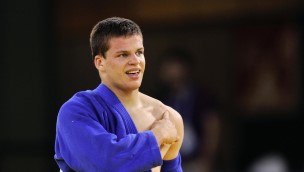First aid of acute injuries in Breaking
Fast response and proper treatment of acute injuries are very important in order to increase the likelihood of a quicker recovery.

Neck injury
When an athlete sustains a neck injury, call the emergency number immediately.
When someone sustains a neck injury, it is important to check whether they are conscious and breathing.
If you think the neck injury may be severe, it is important to stabilise the head and neck. Do not correct the positioning of the head if the patient is conscious. Do not move the patient until a medical professional arrives. Remember to call the emergency number.
If the patient is unconscious, take care to support their head, but avoid moving the neck. If the patient does not breath, start freeing the airways and perform CPR (cardiopulmonary resuscitation). If the environment is cold, it is important to prevent the patient’s temperature from dropping by wrapping them in warm clothes or blankets.
Not all injuries are severe.
After a concussion, pain and stiffness in the neck can occur. This can lead to symptoms similar to those of head trauma/concussion, including headaches, dizziness, nausea and pressure in the head. The symptoms will usually improve after a few days.
If any such symptom lasts for more than 3 weeks, seek medical care (if possible from a sports physician) for evaluation and treatment.
Read more about treating neck injuries here.
Shoulder injury
Stop your activity if you suspect your shoulder is injured. Start PRICE treatment immediately.
Read more about treating acute shoulder injuries here.
Dislocated shoulder
If an athlete is tripped up from behind or falls on an outstretched arm, the shoulder can become dislocated. This is very painful. An authorized health professional can relocate the shoulder. Otherwise, go straight to the emergency room. Whenever you are far away from the hospital it's recommended to try to relocate the shoulder yourself by using this technique: Clasp both your hands around a bent knee, then drive the knee into your hands and away from your torso whilst leaning backwards. X-rays are required to confirm whether the relocation was successful.
Hand or fingers injury
If your hand, wrist or fingers are injured, stop your activity and start PRICE treatment immediately. If your finger is displaced, it could be due to a fracture or a dislocated joint. Go straight to the emergency room.


